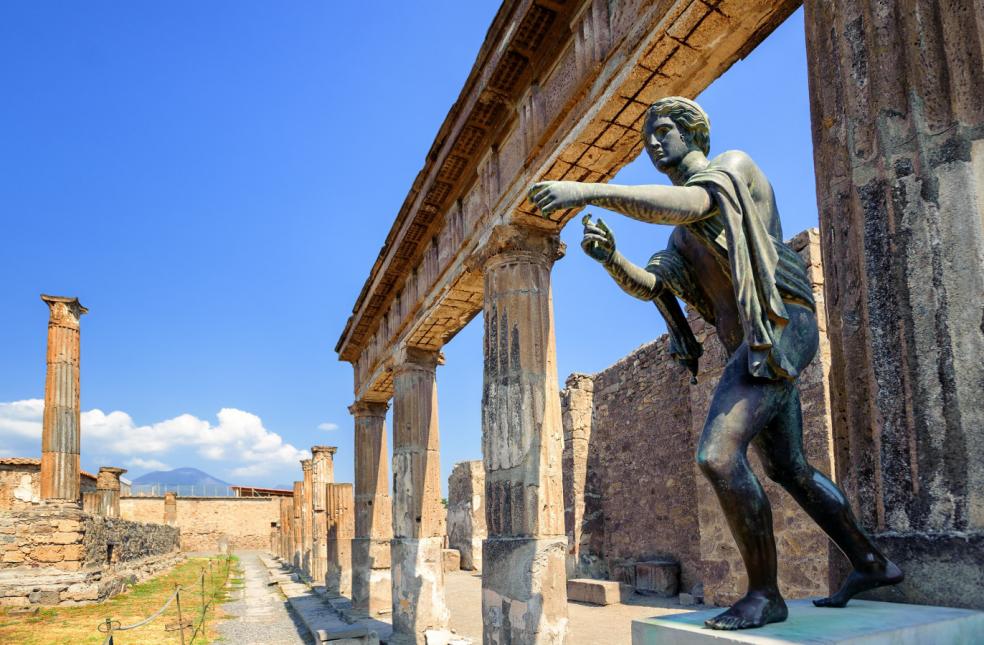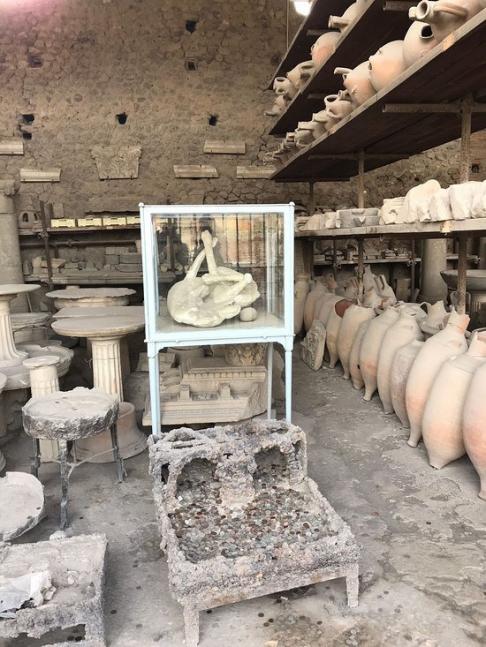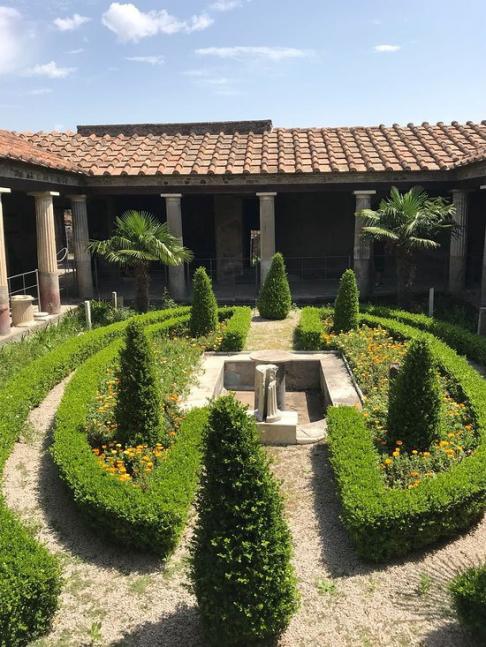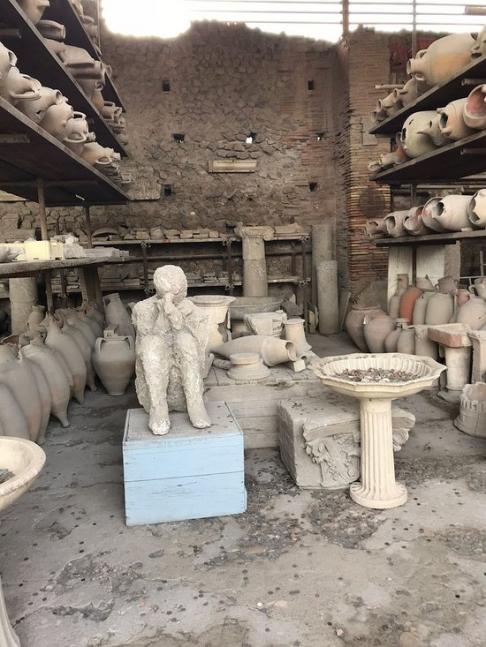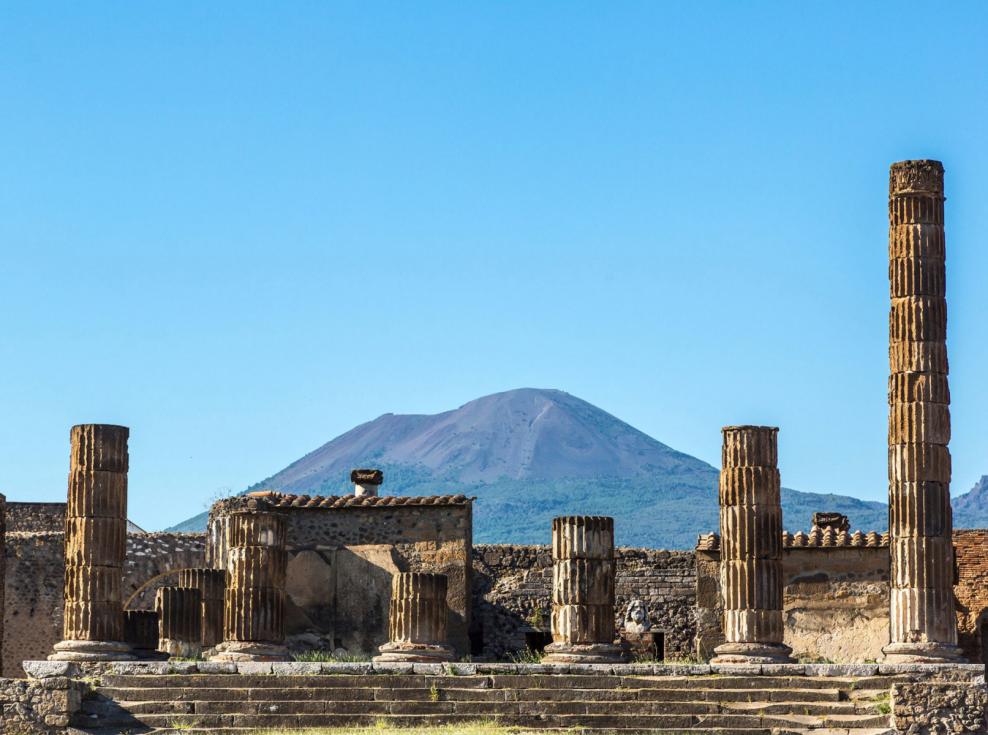10 Fun Facts of Pompeii
Explore the ruin of Pompeii with licensed knowledgeable guides
Pompeii is an ancient Roman city in Southern Italy buried by a disastrous volcanic eruption on August 24-25th 79 AD. The deep layer of volcanic ash that covered Pompeii also preserved it. It is as if the whole city was frozen in time.
Come visit the ancient site of Pompeii. Our professional guides will provide an understanding of the way of life was during the Roman Empire. They will provide a vivid image in your mind of how remarkable Pompeii was. You will see spectacular buildings and artifacts that have been discovered.
10 Fun Facts of Pompeii
- Pompeii had a population of 8,000-12,000 people and covered about 0.68 sq km. In 79 AD(Anno Domini “in the year of our lord”) people of Pompeii felt no danger from Vesuvius, which had not erupted for 700 years.
- The richer people of Pompeii had their main meal, called cena, in the late afternoon and evening, reclining on couches. A dinner party was an opportunity for the host to display wealth and taste. Guests would be impressed by expensive tableware and unusual dishes. There was often entertainment, such as acrobatics, music, or readings from a book.
- It estimated that about 2000 people died from the eruption. Most people survived the pyroclastic clouds, possibly because, alerted early signs of the eruption.
- The wealthy people of Pompeii loved gardens, which were laid out in an orderly way, with rows of columns, hedges, small statutes and fountains. A garden was often enclosed by a peristyle, a colonnaded walk which provided shade on hot days.
- Only male citizens could vote.
- There are around 150 bars in Pompeii, mostly on the main streets, with many near the city’s gates. Bars were mostly used by the poor, who did not have kitchens in their homes.
- The first stage for cleaning cloth was to soak it in urine. This was collected in pots left in the street for passers-by to pee into. The cloth was then washed and stamped on in bronze basins containing water and fuller’s earth, a clay which absorbed grease..
- Thirty-three bakeries have been found in Pompeii.
- Roman ovens were made of brick and were similar to modern pizza ovens. A wood or charcoal fire was burned inside to heat it. When the temperature was hot enough, the fire was raked out, and the loaves baked in the ashes.
- After exercising, bathers would have the oil and sweats scarped from their bodies, using a curved bronze strigil (an instrument with a curve blade). This would be done, usually by slaves in a scrapping room known as the destrictarium. The poorest, who did not have slaves, would take turns to scrape each other.


